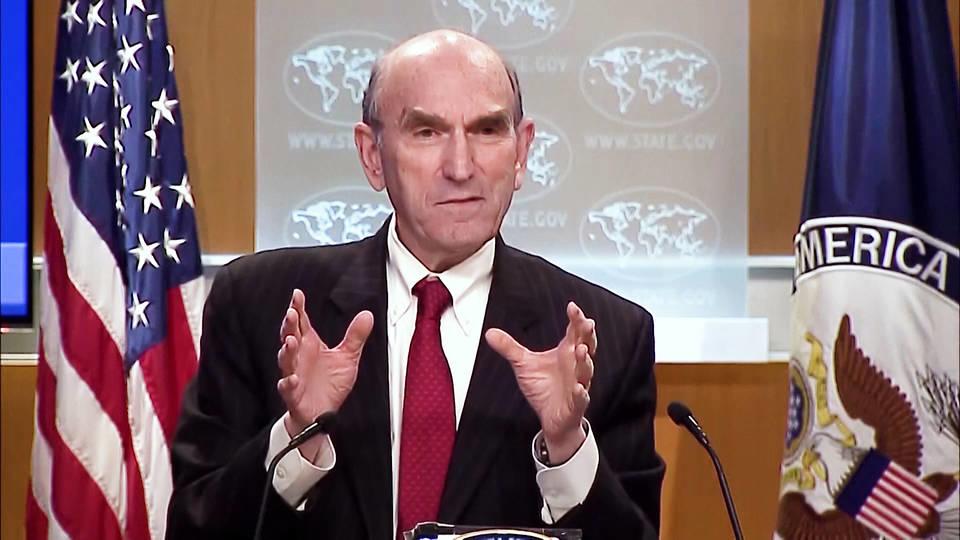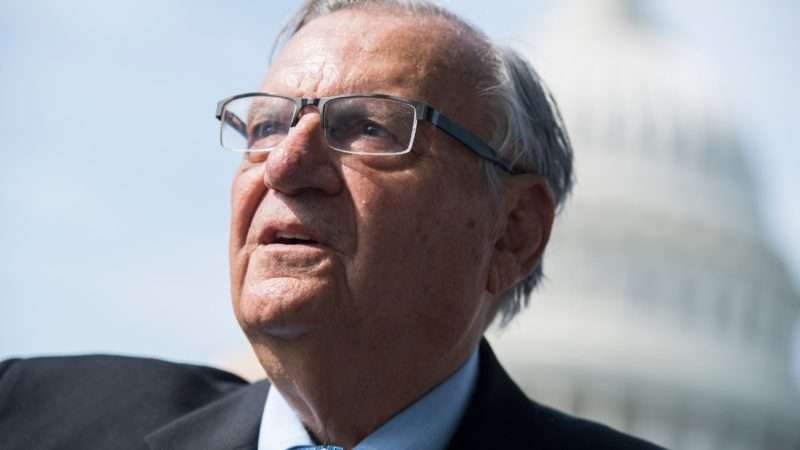On Friday, a divided panel of the Eleventh Circuit decided Drew Adams v. School Board of St. Johns County, Florida. This case found that Title IX requires a school to allow a transgender boy to use the boys’ bathroom. Bostock did not decide this question. Justice Gorsuch insisted, “we do not purport to address bathrooms, locker rooms, or anything else of the kind.” In dissent, Justice Alito seemed skeptical. He wrote:
Thus, a person who has not undertaken any physical transitioning may claim the right to use the bathroom or locker room assigned to the sex with which the individual identifies at that particular time. The Court provides no clue why a transgender person’s claim to such bathroom or locker room access might not succeed.
Alito’s dissent, which raised a parade of horribles, may come to resemble Justice Scalia’s Windsor dissent. In the lead-up to Obergefell, district courts gleefully cited Scalia when they set aside state marriage laws.
Judge Martin wrote the majority opinion in Adams. Chief Judge Pryor wrote a vigorous dissent. Indeed, he wrote, “I dissent,” rather than the traditional “I respectfully dissent.” (I call these mic-drops disrespectful dissents). The majority and dissent disagreed on a basic question that affects the framing of both the Title IX issue, as well as the Equal Protection issue.
According to the majority, the school’s policy singles out transgender students for special burdens. And, per Bostock, “sex” is an essential ingredient in that form of discrimination.
The School Board’s bathroom policy singles out transgender students for differential treatment because they are transgender… identity.” In this way, the policy places a special burden on transgender students because their gender identity does not match their sex assigned at birth. And, as this Court announced in Glenn, “discrimination against a transgender individual because of [his or] her gender-nonconformity is sex discrimination, whether it’s described as being on the basis of sex or gender.”5 663 F.3d at1317; cf. Bostock v. Clayton County, 590 U.S. ___,140S. Ct.1731, 1741(2020)(confirming that “it is impossible to discriminate against a person for being . . . transgender without discriminating against that individual based on sex”). We therefore apply heightened scrutiny to the School Board bathroom policy.
Chief Judge Pryor views the case in a very different fashion: denying a student access to a bathroom based on his biological sex is not discrimination on the basis of transgender status. He writes:
To be sure, Bostock clarified that “discrimination based on homosexuality or transgender status necessarily entails discrimination based on sex” in the context of employment discrimination under Title VII. Id. at 1747; see also Glenn v. Brumby, 663 F.3d 1312, 1318 (11th Cir. 2011) (holding that discrimination based on gender nonconformity constitutes sex discrimination regardless of whether the victim is transgender or not). But this appeal concerns the converse question: whether discrimination on the basis of sex necessarily entails discrimination based on transgender status. Of course, a policy can classify on the basis of sex without also classifying on the basis of transgender status. See, e.g., Nguyen, 533 U.S. at 60. Indeed, Bostock expressly disclaimed reaching any conclusion on the permissibility of sex-separated bathrooms and locker rooms. …. So the relevant question is whether excluding students of one sex from the bathroom of the other sex substantially advances the schools’ privacy objectives. The question is not, as the majority frames it, whether excluding transgender students from the bathroom of their choice furthers important privacy objectives
As I read Pryor’s dissent, the fact that Adams is transgender is irrelevant for the Title IX analysis. What matters is that the school has separated bathrooms by sex.
The majority opinion elides this entire analysis by misunderstanding both the classification and privacy interests at issue. It contends that the policy triggers heightened scrutiny not because it separates bathrooms by sex but because it purportedly imposes “differential treatment” on transgender students. Majority Op. at 12. In doing so, the majority misstates the school policy, conflates sex-based classifications with transgender-based classifications, and contravenes Supreme Court precedent. Compounding its errors, the majority then ignores fundamental understandings of why bathrooms are separated on the basis of sex by rejecting long-standing privacy rationales for sex-separated bathrooms.
The majority opinion says it is not necessary to define sex, because the discrimination was on the basis of transgender status.
Our dissenting colleague accuses us of shirking our duty because we do not delve into the meaning of “sex” in Title IX. To the contrary, we follow the lead of the Supreme Court in Bostock, which found it unnecessary to perform that analysis as to Title VII. We need not interpret the term “sex” to recognize that Mr. Adams suffered discrimination at school because he was transgender.
The majority opinion adds that the dissent does not recognize what it means to be a transgender boy. Therefore, the dissent does not consider the relevance of Adams’s transgender status:
The dissenting opinion’s central flaw is that it does not meaningfully reckon with what it means for Mr. Adams to be a transgender boy…. Because the dissent does not consider Mr. Adams’s transgender status analytically relevant, it expresses the view that allowing Mr. Adams to use the boys’ restroom erodes restroom divisions for all. This argument cannot stand together with the fact, found by the District Court, that Mr. Adams is “like any other boy.”
And, the majority contends, that the same but-for causation from Bostock resolves this case:
This being the Board’s view, it argues that Mr. Adams was treated just the same as all girl students at Nease High School. But the School Board, like the dissenting opinion, misapprehends Bostock. Bostock explained that if an employer fires a transgender female employee but retains a non-transgender female employee, this differential treatment is discrimination because of sex. In the same way, Mr. Adams can show discrimination by comparing the School Board’s treatment of him, as a transgender boy, to its treatment of non-transgender boys.
This dichotomy between the majority and the dissent dictates the outcome of the case. Martin and Pryor lay out the two positions cogently. They were writing about two completely different cases, like two ships passing in the night.
I am inclined to think Pryor was right, but I also thought Bostock was wrong. Indeed, throughout the opinion, I felt like Pryor was fighting with one hand tied behind his back–more precisely, Neil Gorsuch tied up that hand. The majority cited Bostock over and over again to promote a hyper-literal reading of Title IX, that rejected any extraneous evidence to give meaning to the statute–even as Pryor cited decades of precedent and practice that recognized the validity of sex-segregated bathrooms. Indeed, Pryor cites FN19 of United States v. Virginia, in which the Notorious RBG approved separating bathrooms based on physiological differences. (I flagged that opinion as grounds for her cancellation). He wrote:
Not long ago, a suit challenging the lawfulness of separating bathrooms on the basis of sex would have been unthinkable. This practice has long been the common-sense example of an acceptable classification on the basis of sex. And for good reason: it protects well-established privacy interests in using the bathroom away from the opposite sex
I don’t know how this case shakes out on appeal. Justice Gorsuch’s textualism rejects “common sense.” And Bostock and McGirt teach us that stare decisis only cuts in favor of Gorsuch’s reading of statutes, and not against it. Plus, we know he is committed to but-for causation. But the bathroom case is different than Bostock because the segregation is expressly sex-based. Stay tuned.
from Latest – Reason.com https://ift.tt/2XFRiM4
via IFTTT





